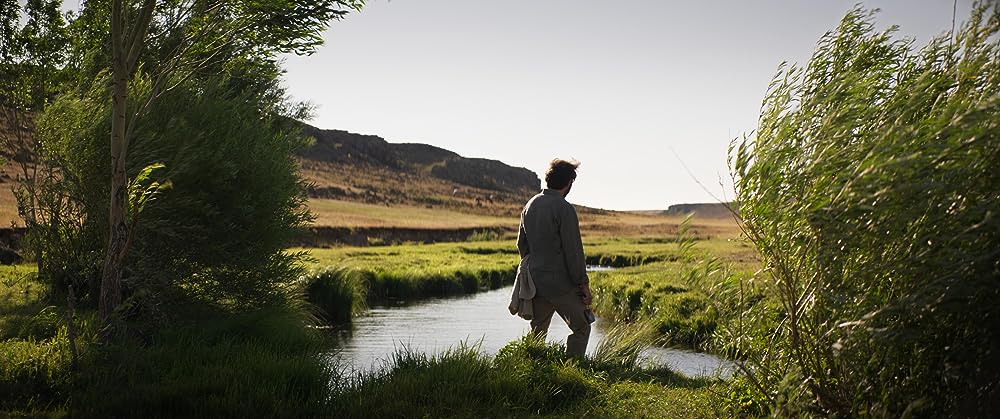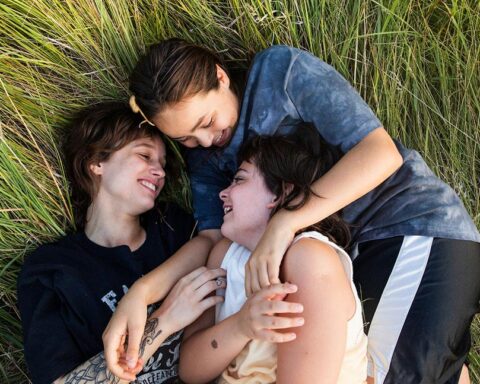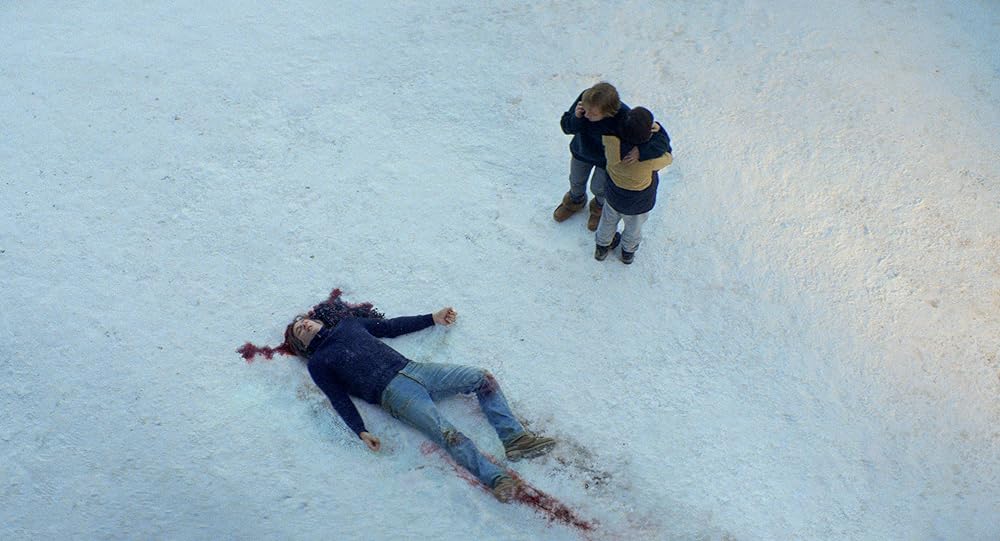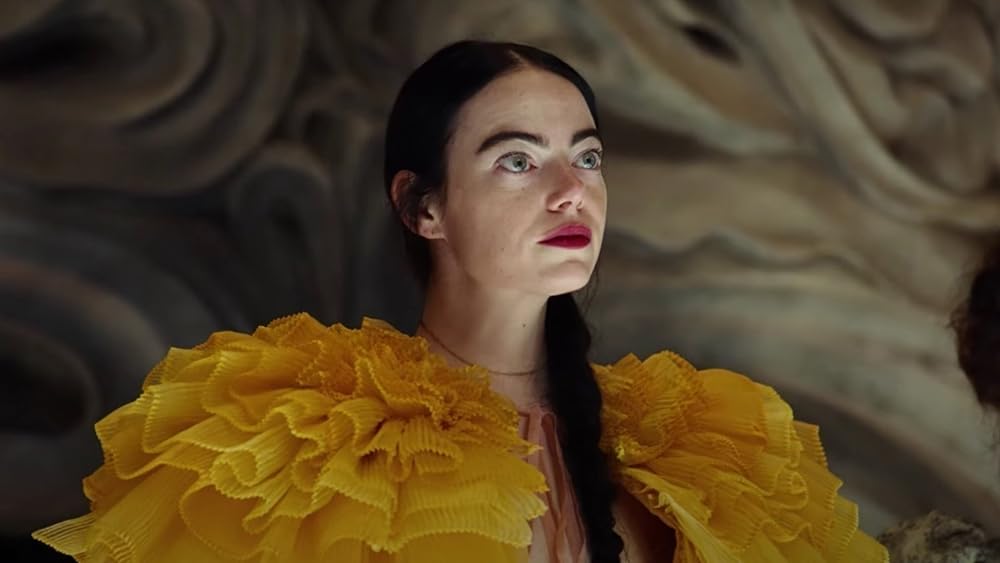Kuru Otlar Üstüne (2023)
Nuri Bilge Ceylan continues to explore the complexity of human nature and the meaning of life with his latest film “Kuru Otlar Üstüne” (In the Dried Grass), which premiered at Cannes.
The film begins with a man walking alone in a snow-covered countryside; this is the story of Samet, a teacher assigned to a village in Erzurum for compulsory military service. The paradigm is the space itself; the existential pains of an isolated existence in the slow and silent atmosphere of a remote countryside where a solitary man struggles. Samet, in the midst of almost nothingness, is both alienated from this remote geography against his will and a stranger to himself. Ironically, he is also in harmony with it; the character’s state of mind and the metaphorical representation of the mysterious atmosphere beautifully complement each other. Ceylan begins to showcase his cinematic signatures right from the first scene.
We follow one of Ceylan’s prototype male characters: Samet, who is alienated, constantly emphasizes his superiority, appears tough and arrogant, but beneath it is actually fragile, struggling with his inner conflicts, much like Aydın in “Winter Sleep”; it could well be said that the director sends educated/intellectual individuals to the countryside and then cages them in their own prisons by making them talk like books. A fragile man struggling with his internal conflicts, who is sent to this remote place against his will and reflects everything around him, inconsistent with himself, trying to maintain his phenomenal power throughout the film. The task of holding up a mirror to him and pouring out this masculine poison falls on a woman; unlike Samet, Nuray, with her determined and strong character, “belonging” there, despite all the difficulties, is the person who best analyzes Samet: “If you think you’ll be happy when you go to Istanbul, you’re wrong. Because wherever a person goes, they take themselves with them.” However, somewhere deep inside both of them, the weary hope they possess is enough to unite them even in this isolation and to facilitate Samet’s self-discovery.
The film’s cinematographic touches stand out based on Ceylan’s foundations in art history and photography; landscapes and natural elements gain meaning parallel to the emotional states of the characters. Samet, with his back to the camera against the backdrop of the village, is a clear reference to Caspar David Friedrich’s “Wanderer above the Sea of Fog”. (The “Rückenfigur” will be repeated several times throughout the film.) The children pulling sleds and playing snowball fights in the schoolyard seem to have come out of Pieter Brueghel the Younger’s painting “Winter Landscape with Ice Skaters”.
Beyond these, “Kuru Otlar Üstüne” transcends this dimension in Ceylan’s artistry. Beyond context, in a purely formal sense, just like the impressionist and expressive landscape scene Haneke offers after a slap in “Amour”; Ceylan also, with a technique he tries for the first time, takes us out of the narrative three times to show his and Ebru Ceylan’s moving photographs; the viewer deserves a little breathing space in this 3-hour and 17-minute-long journey. And another escape Ceylan tries for the first time: when Samet’s tough stance, which he reflects outwardly, is hurt, he is now obliged to leave the space (film set), and he can regain his power only with external support. (Can we say this is the escape of the endangered superego to ID, beyond ego? I’m not sure.) This surprising technical touch, which undoubtedly shocks the audience, offers not only a lesson but also an opportunity for the character and the audience to escape from something; Brechtian, but not really.
While navigating through the layers of the film, a point that needs to be addressed is Ceylan’s microcultural reflection of politics, another signature of his. Especially the leftist and action-oriented Nuray character’s long dialogue with Samet at the dining table, limited to complaining, the young man taken away in front of her father’s eyes when he was a child (who will climb the mountains because of this), a glance at the tangled power balances of bureaucracy with the school principal character (a look at the bureaucratic complexities in the film carrying the narrative of Chekhov) – though surprisingly, there will be no gunshot – even though Samet and his teacher friend escape punishment from the alleged sentence. However, this political stance, perhaps a pinch more than Ceylan’s other films. (It can be said that he reflects himself in Samet in this sense).
In the end, when Samet tries different perspectives by forcing himself to look after the village children rather than seeing himself as a Cezanne bringing modernism to the tiny town, he matures by finding both himself and peace with the external world. Not in the sense of a happy ending, of course; Ceylan’s world is far beyond being so one-dimensional.
In the final scene, Samet reveals his inner journey and feelings with a long monologue as he climbs the hill covered with dry grass; while we expect a long and static landscape shot integrated with the setting, or him walking silently or, according to his own words, intuitively, feeling, Ceylan breaks the expectation with this choice. But for a conscious viewer familiar with Ceylan’s filmography, this monologue is not surprising at all; on the contrary, it ends the film with a narrative that goes beyond being an excessive narrative, restricting the space opened to the audience.
With magnificent cinematography and a fluent narrative despite its long duration, “Kuru Otlar Üstüne” can be called a masterpiece of maturity, carrying Turkish cinema to the level Ceylan represents. But is it his best film? Perhaps debatable, especially because of the last scene.
by Nil Birinci






